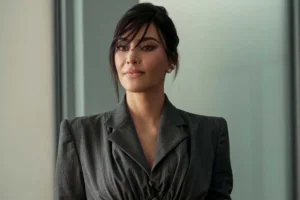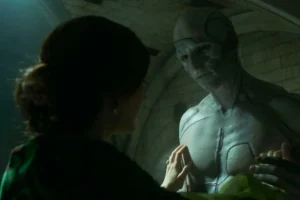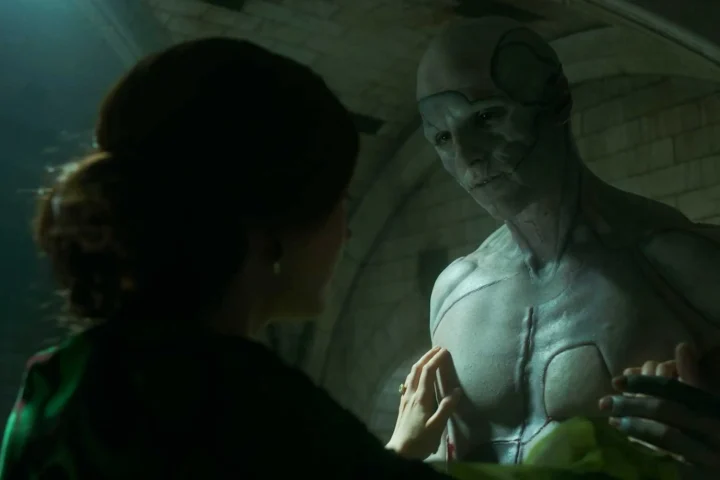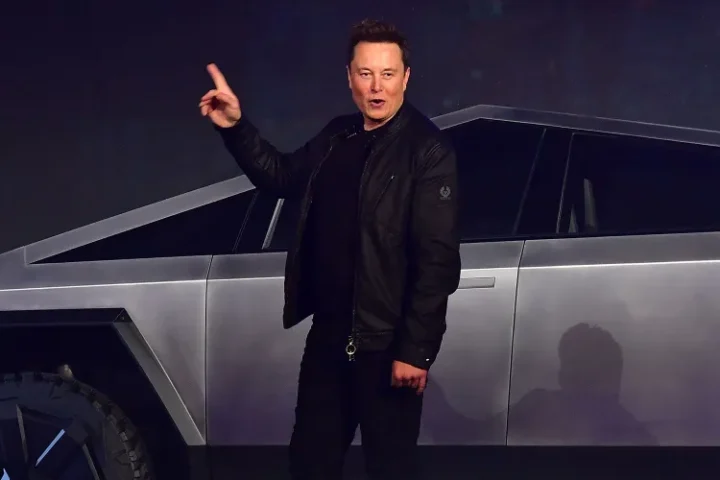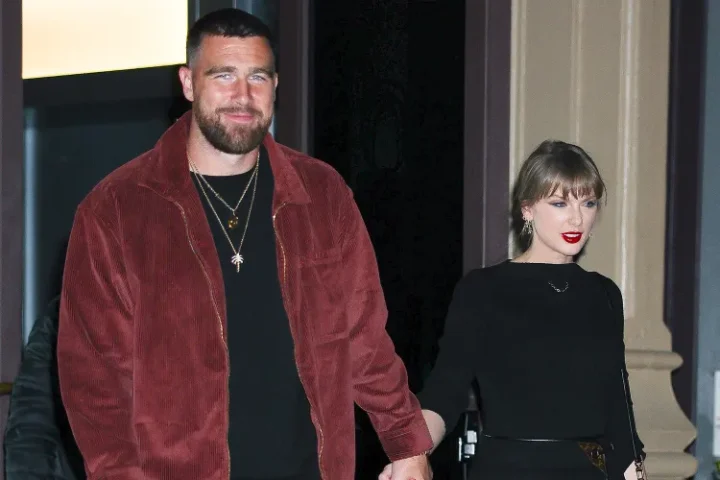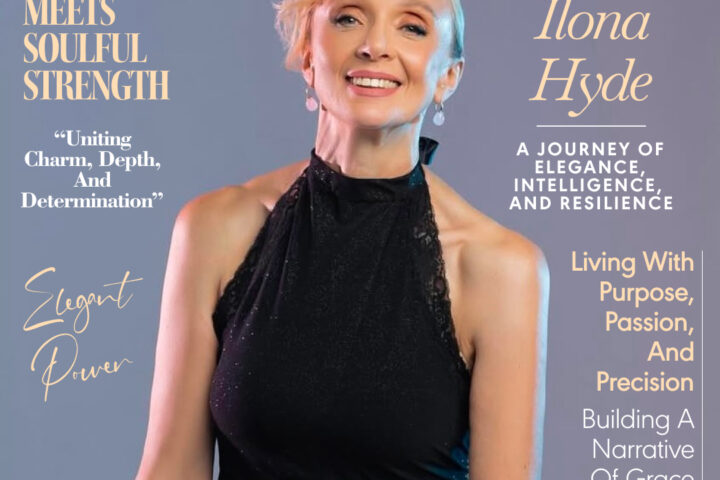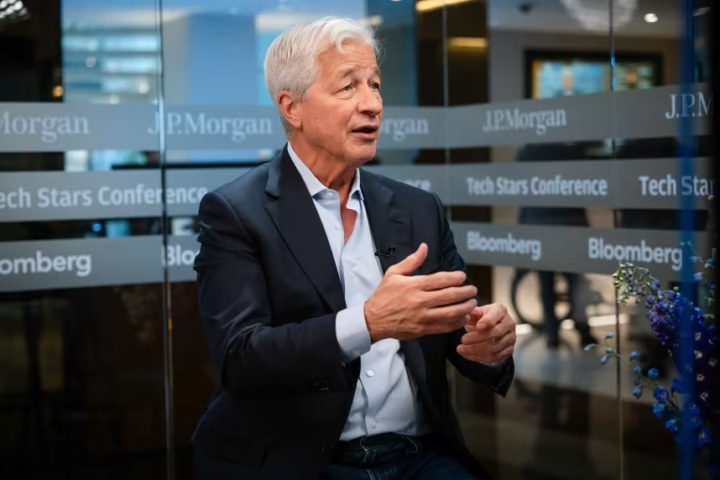Katherine Kelly Lang: The Power of Reinvention
Inside the strength, vulnerability, and timeless evolution of a global television icon

A Legacy of Resilience
For nearly four decades, Katherine Kelly Lang has embodied Brooke Logan on The Bold and the Beautiful — a role that has transcended generations and borders. What began as a tale of love, passion, and drama evolved into something much deeper: a reflection of life’s unpredictable dance between triumph and transformation. “I didn’t expect to find strength in what I once thought were my vulnerabilities,” Lang shares. “That paradox has shaped both Brooke’s journey and mine.”
Staying Fresh in Familiar Territory
After 40 years, routine might seem inevitable — but for Lang, curiosity is the antidote. “I challenge myself to ask, ‘What hasn’t Brooke said? What hasn’t she shown yet?’” she says. Her secret lies in exploration — not repetition. “Routine is the enemy of growth. To stay fresh, I have to stay curious.” That relentless pursuit of depth keeps both actress and character alive in the hearts of millions.
The Emotional Truth of Daytime
Soap operas often face criticism for being melodramatic, yet Lang believes the emotional core of daytime storytelling is deeply authentic. “Real life has just as much drama — heartbreak, betrayal, triumph,” she insists. “When people underestimate it, I say: look closely. The impact we have — on viewers who need hope, who need to feel seen — that truth matters.” For Lang, emotion is not excess — it’s empathy in motion.
Redefining the Narrative for Women
Lang has witnessed the evolution of women’s representation on television firsthand. “I love that women over 40, 50, even 60 are finally getting stories — full arcs, complexity, power,” she says. “Brooke at this stage can be fierce, flawed, powerful.” Still, Lang pushes for more: “We need racial diversity, body diversity — women as heroes, not just supporting roles. Let’s not soften women to make others comfortable.”

Reinvention Without Permission
Public reinvention comes with its own challenges. “The hardest part is shedding expectations — fans, industry, even myself,” Lang reflects. “Rebirth means freeing myself from the cage of others’ expectations.” Yet, within that challenge lies her greatest liberation. “I get to decide what stories I tell, what risks I take, what version of me shows up.”
Beyond the Screen
Actress, designer, entrepreneur — Lang’s creative reach extends far beyond television. “Right now, multidimensional artist feels closest to my heartbeat,” she explains. “When I design — a silk kaftan, a piece of art — I manifest my internal world. Acting is sacred, but design gives me control. Business keeps me strategic. Together, they express my values and strength.”
A Global Connection
Lang’s relationship with her fans remains her emotional anchor. “Fans are my foundation,” she says. “Direct connection means accountability and authenticity. Hearing from women around the world — their hopes, their struggles — influences everything I create. It’s a gift and a responsibility.”
The Evolution of Style
Fashion has become Lang’s personal declaration of power. “My style has grown bolder,” she admits. “I wear fabrics I once thought were ‘too much.’ It’s not about covering up — it’s about shining.” Confidence, for her, is visible, not implied. “I want people to see strength — bold, unapologetic, authentic.”
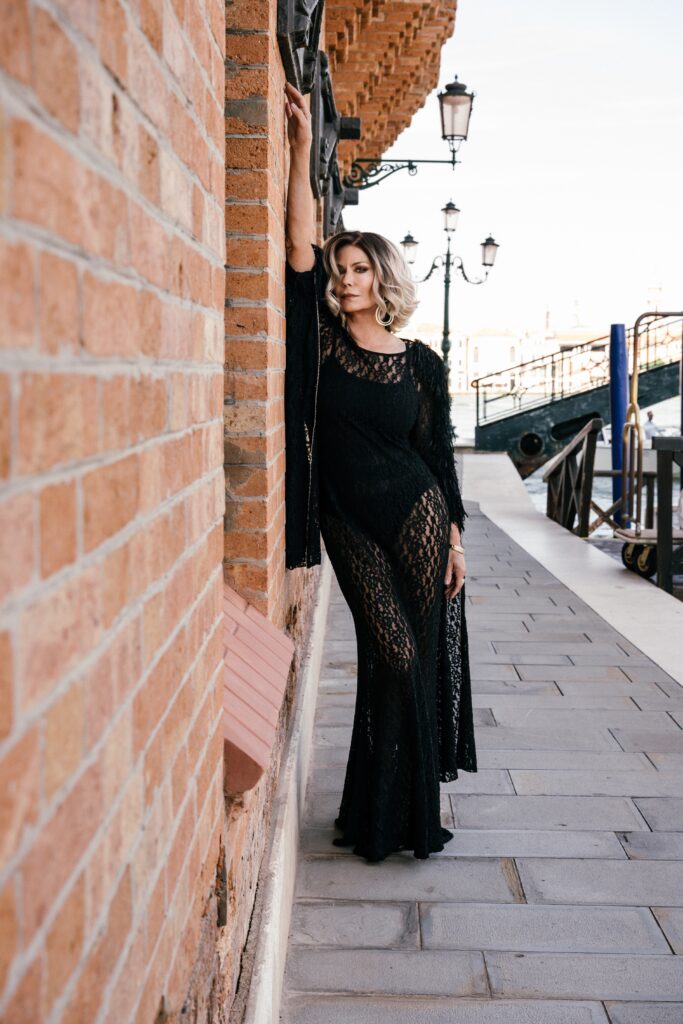
Exclusive Interview with Katherine Kelly Lang
You’ve played Brooke Logan for nearly forty years now. What has surprised you most about Brooke’s journey — and about your own — that you didn’t expect when you started?
When I first took on Brooke, I thought I knew what her story would be: love, passion, drama. What surprised me most is how deeply she would mirror life’s unexpected turns — success, failure, reinvention, loss, joy. What surprised me even more is how much I would learn — about myself, resilience, aging, purpose. I didn’t expect to find strength in what I once thought were my vulnerabilities. That paradox has shaped both Brooke’s journey and mine.
In such a long-running show, roles can become predictable. How do you avoid falling into routine with Brooke, and how do you keep pushing her — and yourself — into new territory?
I challenge myself to ask: “What hasn’t Brooke said? What hasn’t she shown yet?” I insist on exploring her interior life — her regrets, her anxiety, her dreams. But also, I stay open to new collaborators, new genres, new ways of telling. Routine is the enemy of growth. To stay fresh, I have to stay curious.
Sometimes characters in soap operas are dismissed as melodrama — how do you respond when people underestimate the emotional truth of what daytime television can offer?
I believe those of us who watch real life see just as much drama there as on television — heartbreak, betrayal, triumph. Daytime may seem melodramatic, but emotional truth isn’t about subtlety or shadow — it’s about feeling, about reflection. When people underestimate it, I say: look closely. The impact we have — on viewers who need hope, on people who need to feel seen — that truth matters. It’s not frivolous to give someone that.
With so many years in the industry, you must have witnessed shifts in how women are written on TV. What change do you value most — and which change do you still want to see?
What I value most is seeing women over 40, 50, even 60, finally getting stories, complexity, leadership roles, moments of reinvention. No longer sidelined, no longer “wrinkles being hidden.” I love that Brooke at this stage can be fierce, flawed, powerful. But I still want to see women of all ages—racial diversity, body diversity—getting full arcs, being the hero, not just the supporting role. I still want stories that don’t soften us for comfort.

You’ve spoken about taking control of your narrative. What has been the hardest part about reinventing yourself publicly, and what has been the most liberating?
The hardest part is shedding expectations — those from fans, industry, even myself. People expect Brooke, expect Katherine Kelly Lang to be a certain way; reinventing risks disappointing someone. The most liberating part is realizing I work for me. I get to decide what stories I tell, what risks I take, what version of me shows up. Rebirth means freeing myself from the cage of others’ expectations.
Beyond acting, you’ve built business ventures, design, fashion. Which role (actor, designer, entrepreneur) feels most like you right now — and why?
Right now, multidimensional artist feels closest to my heartbeat. When I create something tangible — a silk kaftan, a fashion film, a piece of art — I feel I’m manifesting a piece of my internal world. Acting will always be sacred, but design gives me direct control. Business makes me strategic. Putting those together, I can express not just characters, but values, aesthetic, strength. That feels very me.
You’ve mentioned using platforms to connect directly with your fans globally. How important is that connection — especially in this era — and how does it shape what you create?
It’s everything. Fans have been my foundation. Direct connection means accountability — I see what resonates, what matters. It means fewer layers between what I want to say and how I say it. When I hear from women around the world about what they see in me, their hopes, their struggles, I carry that into what I create. It’s a profound responsibility—and a gift.
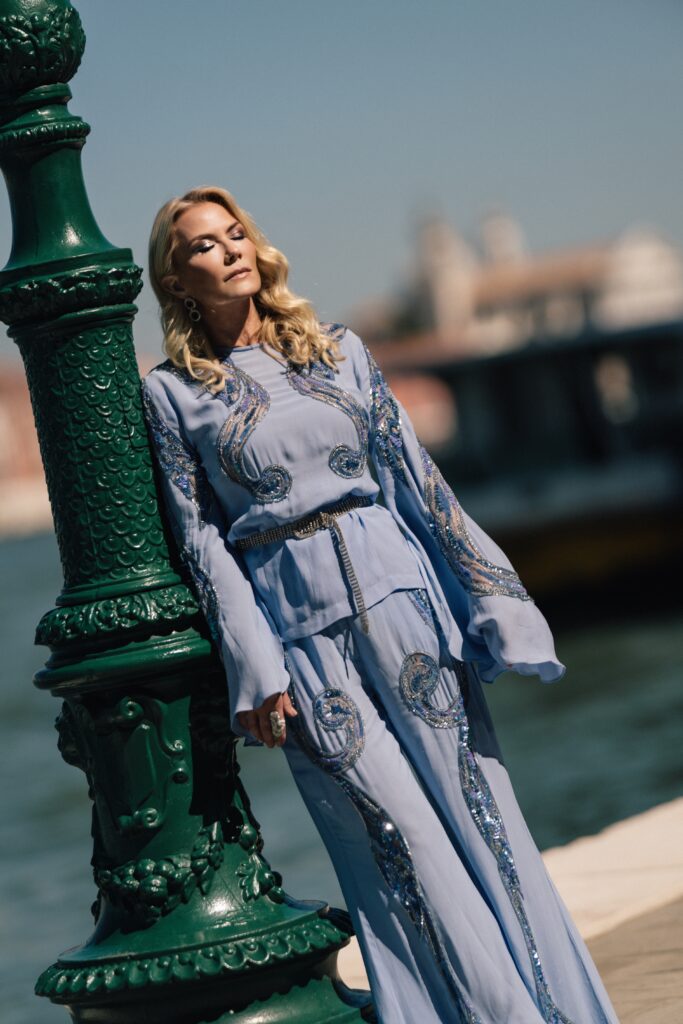
Fashion often reflects personal transformation. In what ways has your style changed in recent years, and how does it express this new chapter of power and reinvention?
My style has grown bolder. I wear fabrics I once thought were “too much.” Silhouettes that demand presence. It’s not about covering up; it’s about shining. It’s about visible confidence. I want people to look and see strength. And yes, elegance — but not hidden elegance. Bold, unapologetic, authentic.
Credits:
Styling, PR & Creative Direction: Alessio Filippelli @ale_ssiofilippelli
Photography: Imad Skhairi @imad.skhairi
Outfit: @dolcegabbana
Make-Up: Valeria Iovino @valeriaiovino_pro
Hair: Daniele Luzzitelli @d.moodparrucchieri
Videography: Duccio Pintucci @ducciopintucci
Special thanks: @hiltonvenice











